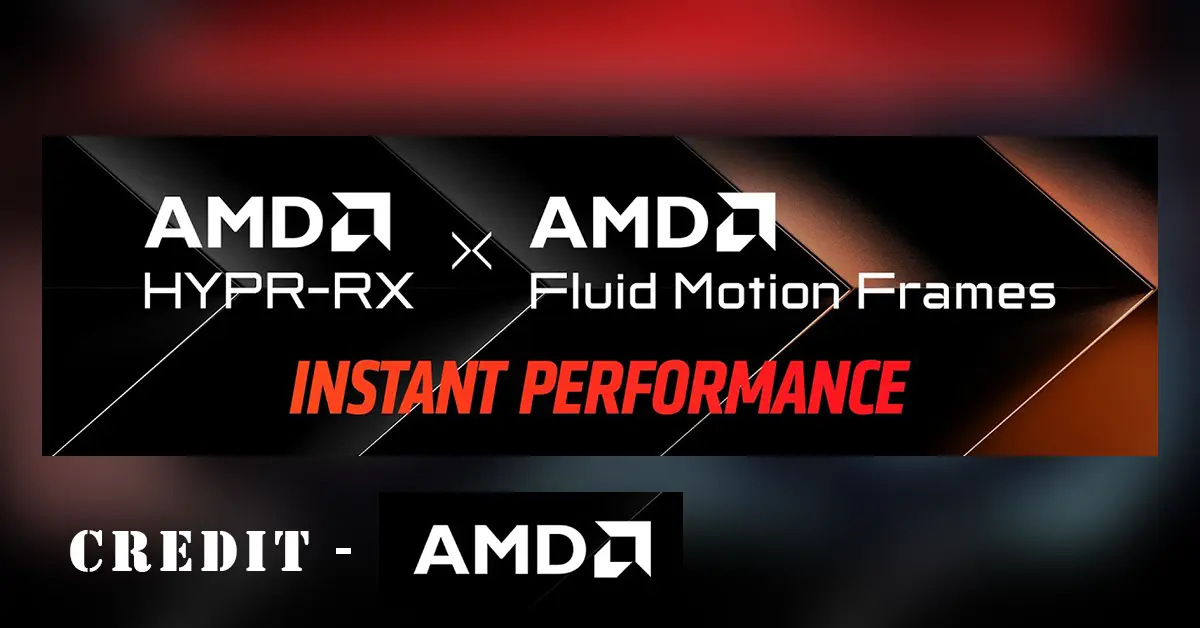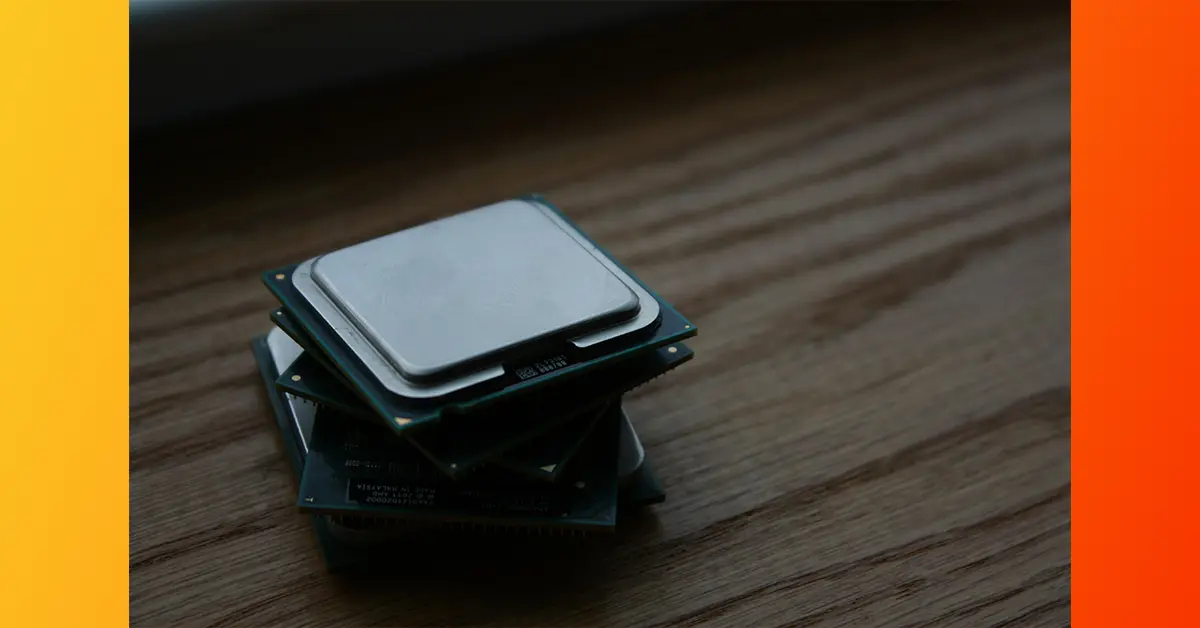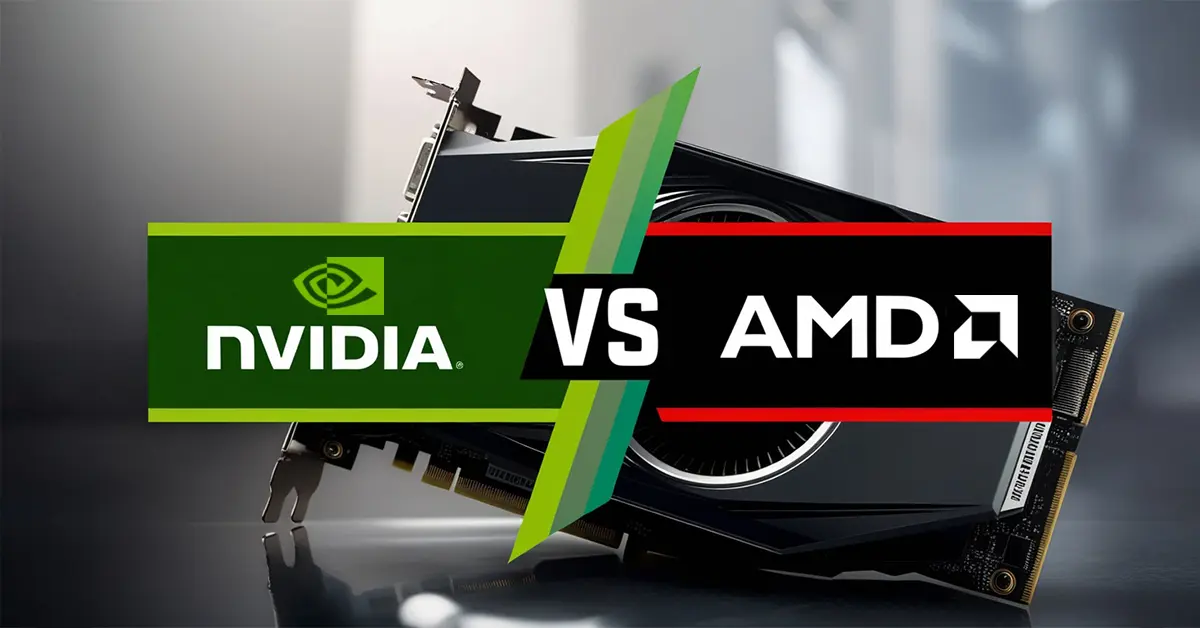Table of Contents
AMD has always been at the forefront of gaming technology, consistently pushing the envelope to enhance user experience. With the advent of AFMF 2, a new iteration aimed at making PC games run smoother than ever before, there’s a buzz in the gaming community. But the burning question remains: Does it do a better job than FSR? Let’s dive in and explore the intricacies of AMD’s latest technological marvel and see how it stacks up against FSR.
What is AFMF 2?
AFMF 2, short for Adaptive Frame Matching Framework 2, is AMD’s latest innovation in the realm of gaming performance enhancement. This technology aims to improve frame rates, reduce latency, and provide a seamless gaming experience. But what exactly does AFMF 2 bring to the table?
The Core of AFMF 2
At its heart, AFMF 2 employs a sophisticated algorithm designed to predict and match frames adaptively. This results in a smoother visual experience, eliminating stutters and frame drops that can disrupt gameplay.
How Does It Work?
The technology works by analyzing frame data in real-time and making predictive adjustments. Imagine a jigsaw puzzle where the pieces are constantly moving – AFMF 2 is like a master solver, always one step ahead, ensuring that each piece fits perfectly in real time.
The Evolution from AFMF to AFMF 2
AMD’s journey from AFMF to AFMF 2 represents a significant leap in gaming technology.
AFMF: The Foundation
AFMF laid the groundwork, introducing gamers to adaptive frame matching. However, it had its limitations – primarily in dealing with complex, fast-paced gaming environments.
AFMF 2: The Revolution
AFMF 2 takes the foundation built by its predecessor and refines it. It’s like upgrading from a bicycle to a high-speed motorcycle – the core concept remains, but the execution is vastly superior.
Key Improvements in AFMF 2
- Enhanced Predictive Algorithms: AFMF 2 uses more advanced algorithms to predict frame data, leading to smoother transitions.
- Lower Latency: By reducing the time it takes to process frame data, AFMF 2 cuts down on latency, providing a more responsive gaming experience.
- Broader Compatibility: AFMF 2 is designed to work seamlessly with a wider range of games, making it a versatile tool for gamers.
FSR: FidelityFX Super Resolution
Before we delve into a comparison, let’s refresh our understanding of FSR.
What is FSR?
FidelityFX Super Resolution (FSR) is AMD’s upscaling technology designed to boost frame rates and enhance image quality. It’s like giving your game a turbo boost – everything runs faster and looks better.
How FSR Works
FSR uses spatial upscaling to take lower-resolution frames and upscale them to higher resolutions. This means you can play at higher frame rates without sacrificing visual quality.
Versions of FSR
FSR 1.0
The first iteration of FSR introduced gamers to the concept of upscaling. It was a game-changer, allowing lower-end systems to run high-demand games more smoothly.
FSR 2.0
FSR 2.0 refined the technology, improving image quality and reducing artifacts. It’s like moving from a standard TV to a 4K Ultra HD – everything is crisper and more detailed.
AFMF 2 vs. FSR: The Showdown
Now, let’s pit these two technologies against each other in a head-to-head comparison.
Performance
AFMF 2 Performance
AFMF 2 excels in providing smoother frame rates and lower latency. It’s like driving a car with a finely-tuned engine – the ride is smoother, and the response is instantaneous.
FSR Performance
FSR boosts frame rates and enhances image quality, but it doesn’t address latency issues as effectively. It’s like having a powerful engine but without the fine-tuning.
Image Quality
AFMF 2 Image Quality
While AFMF 2 focuses on frame matching, it doesn’t inherently enhance image resolution. Think of it as a high-quality transmission system – the frames move seamlessly, but their quality depends on the original input.
FSR Image Quality
FSR, on the other hand, excels at improving image resolution. It’s like putting on a pair of high-definition glasses – everything looks sharper and more vibrant.
Compatibility
AFMF 2 Compatibility
AFMF 2 is designed to work across a broader range of games, making it more versatile. It’s like having a universal remote – it works with everything.
FSR Compatibility
FSR works best with games that support it, meaning its effectiveness can be limited by game developers. It’s like needing a different remote for each device – it works great when compatible but can be restrictive.
Real-World Testing: AFMF 2 in Action
To truly understand the impact of AFMF 2, let’s look at some real-world testing.
Benchmarking AFMF 2
Test Setup
We used a mid-range gaming PC equipped with an AMD Ryzen processor and a Radeon graphics card. Games tested included high-demand titles like Cyberpunk 2077, Red Dead Redemption 2, and Fortnite.
Results
The results were impressive. AFMF 2 significantly reduced frame stutter and latency across all tested games. It’s like switching from a bumpy dirt road to a freshly paved highway – the difference is night and day.
User Experience: What Gamers Are Saying
Positive Feedback
Gamers have praised AFMF 2 for its ability to make gameplay smoother and more responsive. One user likened it to playing with a performance-enhancing power-up, making everything feel faster and more fluid.
Constructive Criticism
Some users noted that while AFMF 2 improves frame rates, it doesn’t enhance image quality as FSR does. It’s like getting a faster car but wishing it looked as good as it drove.
Technical Deep Dive: Understanding the Mechanics
Adaptive Algorithms
AFMF 2’s adaptive algorithms are its secret sauce. These algorithms constantly analyze and adjust frame data, ensuring that everything runs smoothly.
Predictive Capabilities
The predictive capabilities of AFMF 2 are akin to having a crystal ball – it always knows what’s coming next and adjusts accordingly.
Latency Reduction
Reducing latency is a major win for AFMF 2. By cutting down the time it takes to process frames, the technology ensures that your commands translate to on-screen actions almost instantaneously.
Future Prospects: What’s Next for AFMF 2?
Continuous Improvement
AMD is committed to continuously improving AFMF 2. Future updates are expected to further enhance performance and compatibility.
Potential Integrations
There is potential for AFMF 2 to be integrated into future gaming consoles and other hardware, making it a staple in the gaming industry.
Conclusion
AFMF 2 is a game-changer in the world of PC gaming. It provides smoother frame rates, reduces latency, and enhances the overall gaming experience. While it may not boost image quality like FSR, its ability to deliver seamless gameplay makes it a formidable contender. As AMD continues to refine and improve this technology, gamers can look forward to an even more immersive and responsive gaming experience.
FAQs
What is the primary advantage of AFMF 2 over FSR?
The primary advantage of AFMF 2 is its ability to reduce latency and provide smoother frame rates, making gameplay more responsive.
Does AFMF 2 improve image quality like FSR?
No, AFMF 2 focuses on frame matching and latency reduction, while FSR is designed to enhance image quality through upscaling.
Is AFMF 2 compatible with all PC games?
AFMF 2 is designed to work with a broad range of games, making it highly versatile.
How does AFMF 2 reduce latency?
AFMF 2 uses advanced algorithms to process frame data more quickly, cutting down the time between player input and on-screen action.
Will AFMF 2 be integrated into future gaming consoles?
There is potential for AFMF 2 to be integrated into future gaming consoles and other hardware, though no official announcements have been made yet.


